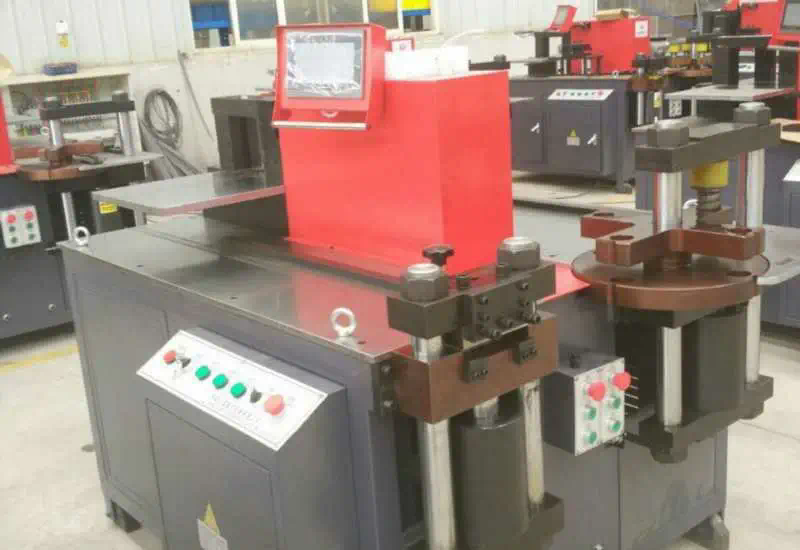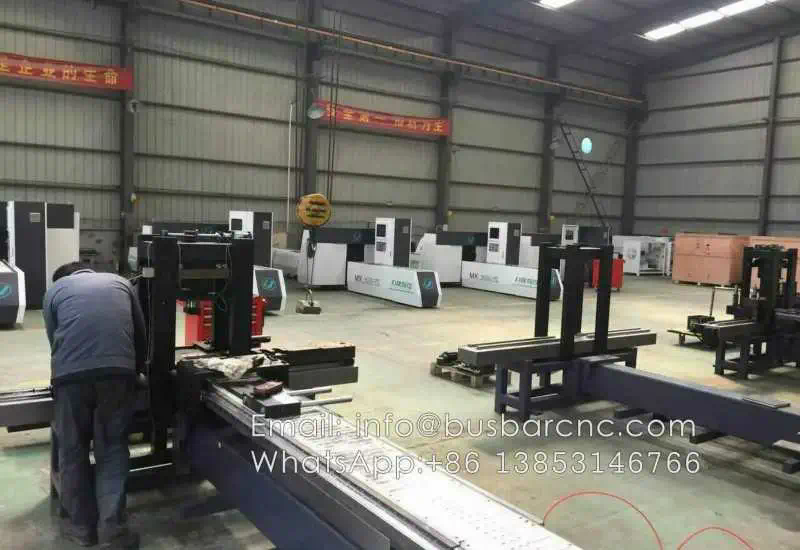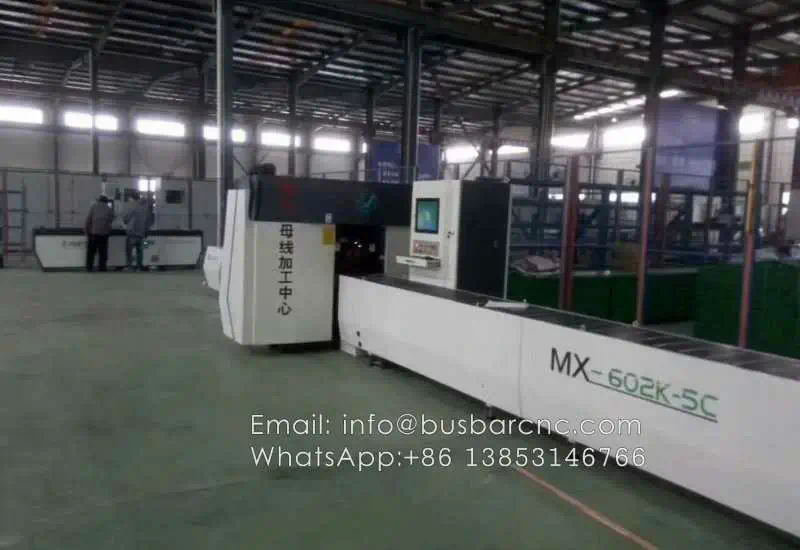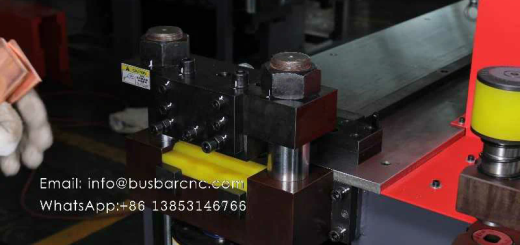Design and manufacture of high-performance CNC machine tools
The design and manufacture of high-performance CNC (Computer Numerical Control) machine tools represents a critical area of innovation and advancement within the manufacturing industry. These sophisticated machines play a pivotal role in the production of precision components across a wide range of sectors, including automotive, aerospace, medical devices, and more. In this article, we will explore the key aspects of the design and manufacture of high-performance CNC machine tools, examining the technological advancements, engineering considerations, and industry trends driving this dynamic field forward.
Evolution of CNC Machine Tools
The evolution of CNC machine tools has been marked by significant advancements in technology, materials, and design principles. Early iterations of CNC machines were characterized by limited computing power and mechanical precision, restricting their capabilities to relatively simple tasks. However, with the advent of advanced control systems, high-speed spindle technology, and multi-axis motion control, modern CNC machine tools have become incredibly versatile and capable of achieving exceptional levels of accuracy and productivity.
Design Considerations

The design of high-performance CNC machine tools encompasses a diverse range of considerations, spanning mechanical, electrical, and software engineering disciplines. Key factors such as structural rigidity, thermal stability, vibration damping, and dynamic responsiveness are critical in ensuring the machine’s ability to maintain precision and repeatability under varying operating conditions. Furthermore, the integration of advanced control algorithms, real-time monitoring systems, and predictive maintenance capabilities has become essential in maximizing operational efficiency and minimizing downtime.
Materials and Construction

The selection of materials and construction techniques plays a pivotal role in determining the performance and longevity of CNC machine tools. High-strength alloys, composite materials, and advanced surface treatments are employed to enhance the structural integrity, stiffness, and damping characteristics of machine components. Additionally, the utilization of advanced manufacturing processes such as precision machining, additive manufacturing, and robotic assembly enables the creation of complex, optimized geometries that contribute to overall performance and reliability.
Advanced Control Systems
Central to the operation of high-performance CNC machine tools are advanced control systems that govern motion, cutting parameters, tool engagement, and feedback mechanisms. The integration of high-speed servo drives, adaptive control algorithms, and real-time data processing enables precise coordination of multi-axis movements and synchronized machining operations. Furthermore, the implementation of intelligent toolpath optimization, adaptive feed-rate control, and on-the-fly adjustments based on sensor feedback contributes to enhanced surface finish, reduced cycle times, and overall process optimization.
Tooling and Workholding
Efficient and reliable tooling and workholding solutions are essential for maximizing the performance and versatility of CNC machine tools. The development of high-speed cutting tools, advanced coatings, and tailored geometries has significantly expanded the range of materials and machining processes that can be effectively executed. Moreover, innovative workholding systems, including magnetic, vacuum, and hydraulic clamping technologies, enable secure and precise fixation of workpieces, facilitating complex machining operations and reducing setup times.

Industry Applications
High-performance CNC machine tools find widespread application across a diverse array of industries, each with unique demands and requirements. In the aerospace sector, the machining of complex aircraft components from exotic materials necessitates high-precision, multi-axis machining capabilities to meet stringent quality and performance standards. Similarly, the automotive industry relies on CNC machine tools for the production of engine components, transmission parts, and chassis elements, where efficiency, accuracy, and flexibility are paramount.
In the medical device manufacturing sector, the demand for intricate, patient-specific implants and surgical instruments necessitates the use of high-performance CNC machines with advanced surface finish capabilities and multi-axis machining capabilities. Furthermore, the burgeoning field of additive manufacturing, or 3D printing, has seen the integration of CNC technologies to enable hybrid manufacturing processes that combine subtractive and additive techniques, expanding the possibilities for creating complex, custom components.
Future Trends and Innovations
Looking ahead, the design and manufacture of high-performance CNC machine tools continue to be shaped by ongoing technological advancements and industry trends. The integration of artificial intelligence (AI) and machine learning algorithms holds the potential to revolutionize CNC machining, enabling autonomous optimization of cutting parameters, adaptive process control, and predictive maintenance. Additionally, the emergence of digital twinning and virtual manufacturing environments offers the opportunity to simulate and optimize machine tool performance before physical realization, reducing development cycles and enhancing operational efficiency.
The increasing adoption of Industry 4.0 principles, including interconnectedness, data transparency, and decentralized decision-making, is driving the development of smart, networked CNC machine tools that can communicate, self-diagnose, and adapt to changing production demands in real time. Furthermore, the pursuit of sustainable manufacturing practices is prompting the integration of energy-efficient components, recyclable materials, and waste-reducing processes into the design and manufacture of high-performance CNC machine tools, aligning with global efforts to minimize environmental impact.
In conclusion, the design and manufacture of high-performance CNC machine tools represent a dynamic and multifaceted field that continues to push the boundaries of precision engineering, technological innovation, and industrial productivity. As advancements in materials, control systems, and digitalization reshape the capabilities and potential of CNC machining, the future holds exciting possibilities for the creation of ever more efficient, versatile, and sustainable manufacturing solutions.


